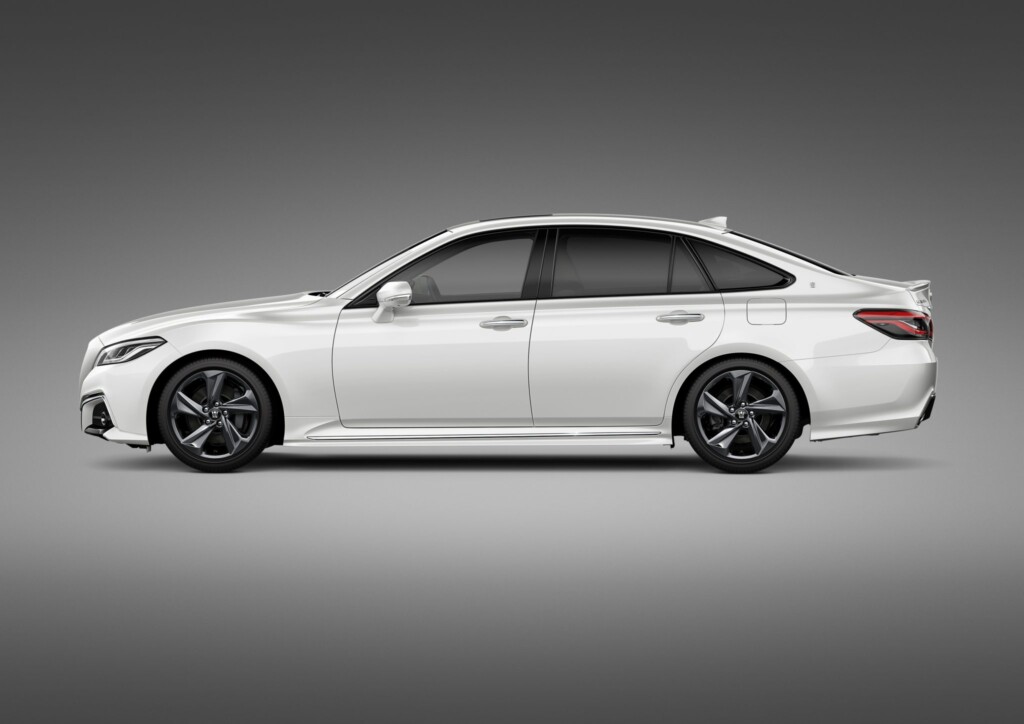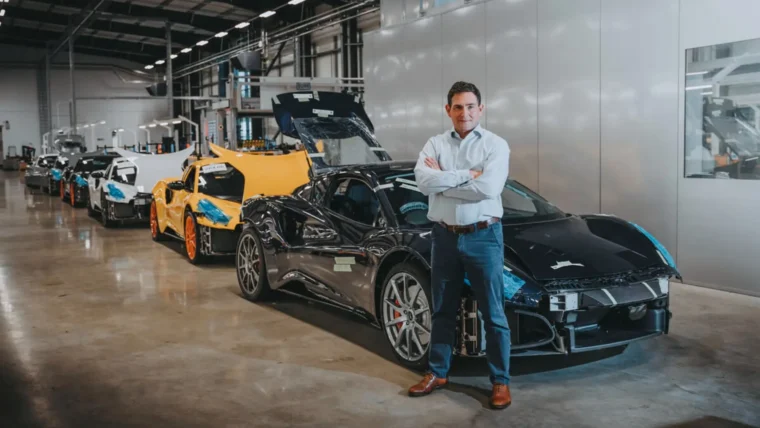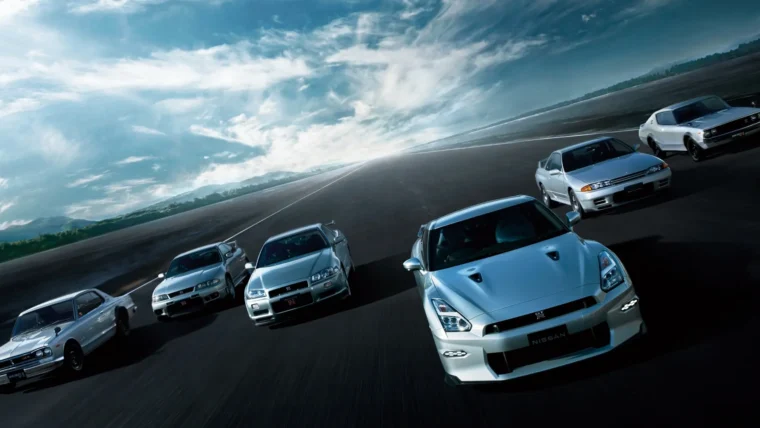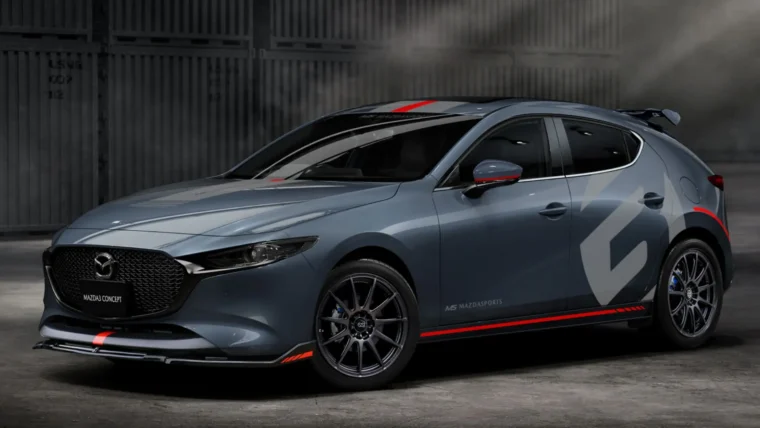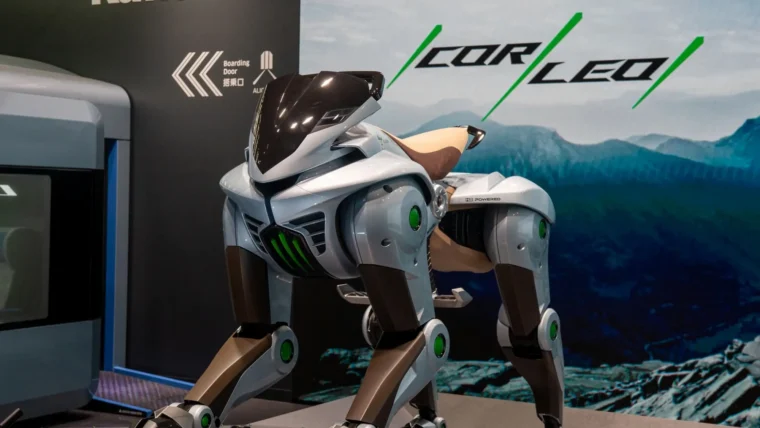The idea of a totally connected network of cars is not new but few have attempted it and successfully rolled it out. Tesla is one of the few where features such as firmware updates over-the-air (OTA) help provide new features as well as provide fixes. Toyota wants that for their cars as well but with added features and they are starting it with their Crown and Corolla models in Japan.
Both these cars will be dubbed as the first generation of “Connected Cars,” come standard with an on-board Data Communication Module (DCM) that links to a Controller Area Network (CAN). By using this hardware, Toyota can provide various connected services to T-Connect subscribers through its proprietary Mobility Service Platform (MSPF), an information infrastructure developed by the company for Connected Cars. Moving forward, Toyota aims to equip most new passenger vehicles in its domestic market with DCM.
“Our goal is to enhance services to customers utilizing vehicle data uploaded to our mobility service platform,” says Shigeki Tomoyama, Executive Vice President of Toyota Motor Corporation and president of Toyota’s in-house Connected Company. “Importantly, we will also use connectivity to change the way we work with our dealers across the country.”
Toyota considers some connected services essential for drivers to safely, intuitively and effortlessly enjoy their cars. Connected cars, linked to the MSPF will offer customers ways to better understand, use, and care for their vehicles. Toyota also thinks the best quality connected services will combine human- and technology-based support, in what the company calls “Human Connected Service.”
 Peace of mind through vehicle data
Peace of mind through vehicle data
e-Care Driving Guidance
Operator-based services offer drivers two primary benefits. The first is a concierge service, where an operator will be available to set the destination of the on-board navigation system. The second is for driving support, offering advice to drivers by diagnosing technical faults based on linked vehicle data. This benefit comes via a feature called “e-Care Driving Guidance”, in which a remote operator is able to speak directly to the driver through the onboard microphone and speaker in the event of technical failure. The operator is able to review the vehicle data supplied by the DCM and provide either trouble-shooting steps or advise the driver to bring their vehicle in to their usual or nearest service dealership.
e-Care Health Check Report
The Toyota Smart Center monitors and examines the vehicle 24/7, and Toyota makes the data available to its dealers. The customer’s preferred dealer will then contact him or her to bring the vehicle in for service at the ideal timing interval. For instance, any vehicle’s auxiliary battery’s starting voltage gradually declines over time. With the data provided, an alarm will be shown at the dealership’s operational platform and the dealership staff will contact the driver and recommend a battery change prior to the customer experiencing trouble when starting their vehicle. The message from the dealership is sent to the car’s navigation unit and read aloud to the driver.
HELPNET
Toyota is offering an emergency call service linked to air bag deployment, called “HELPNET”. Upon detecting air bag deployment, an operator from the service will immediately review data sent by the DCM as well as attempt to contact the customer to assess the situation. Depending on the customer’s response, or lack thereof, the operator then is able to alert fire or ambulance services. If emergency services consider that severe injury is likely, they may respond, possibly even dispatching a medical helicopter or such together with a doctor to provide emergency medical treatment. This service will cover the entire country of Japan.
With the addition of these new services, Toyota hopes to offer security and peace of mind to customers 24/7. To ensure the smooth operation of these connected services, Toyota will establish a “Connected Operation Kaizen Dojo” within its training center in Nisshin-city (Aichi Prefecture) and train dealership staff nation-wide.
Insurance based on driving behavior data
The standardization of DCM also makes it possible to introduce automobile insurance based on actual driving behavior data. Drivers will be assigned a safety score based on their driving data collected in the MSPF. Drivers can use their smartphone to check their safe driving scores. This score can then be part of a new data-based insurance, called the “Toyota Connected Car Insurance Plan,” which will be launched by Aioi Nissei Dowa Insurance Co., Ltd. The insurance premium will be updated every month based on the policy-holder’s safe driving score and driving distance, and notifications sent to the customer through their smartphone. Insurance premium discounts may be up to 80% of usage-based insurance premiums and 9% of the entire premium.*1
Improvements in online service through standardization of DCM
AI Voice Recognition Service
Using voice recognition, an Artificial Intelligence (AI) virtual agent can be accessed using the driver or passenger’s natural speech and can set the destination for the navigation system, manage the audio system or even provide instructions to use the car’s equipment. The AI is designed to also understand complicated requests such as “Please search for Soba restaurants around here, preferably with a parking lot.”*2
My Car Account on the LINE app
Customers may also use the popular smartphone application LINE with their car. With a LINE “My Car Account,” drivers or passengers will be able to have a conversation with the vehicle by registering it as a friend on the LINE app. For example, if a LINE account holder inputs a destination in the chat function with the “My Car Account,” the destination will be sent to the on-board navigation system. The LINE app can also provide information such as idealistic time of departure, distance to empty, and fuel efficiency, based on the time and distance to destination.
Hybrid Navigation
Thanks to the cloud and big data, the on-board navigation system will have access to the latest version of the program and map data at all times*3. To provide customers real-time services, the navigation system will use real-time map and traffic data to suggest the optimum route information to help drivers reach their destination, automatically switching between cloud and on-board computing for optimal route calculations and location searches.
No tech for tech’s sake: “Human Connected Service”
Toyota believes that the connected services it is rolling out are not about information technology (IT) or artificial intelligence (AI)―those are mere tools to enrich the customer experience.
“Customer service should always be provided by people, which is why we insist on “Human Connected Service”,” says Tomoyama.
Toyota aims to link vehicles, the manufacturer, and dealerships through connectivity and provide a sense of ultimate peace of mind to customers, contributing to the realization of an exciting mobility society.
Other posts by Mark Leo

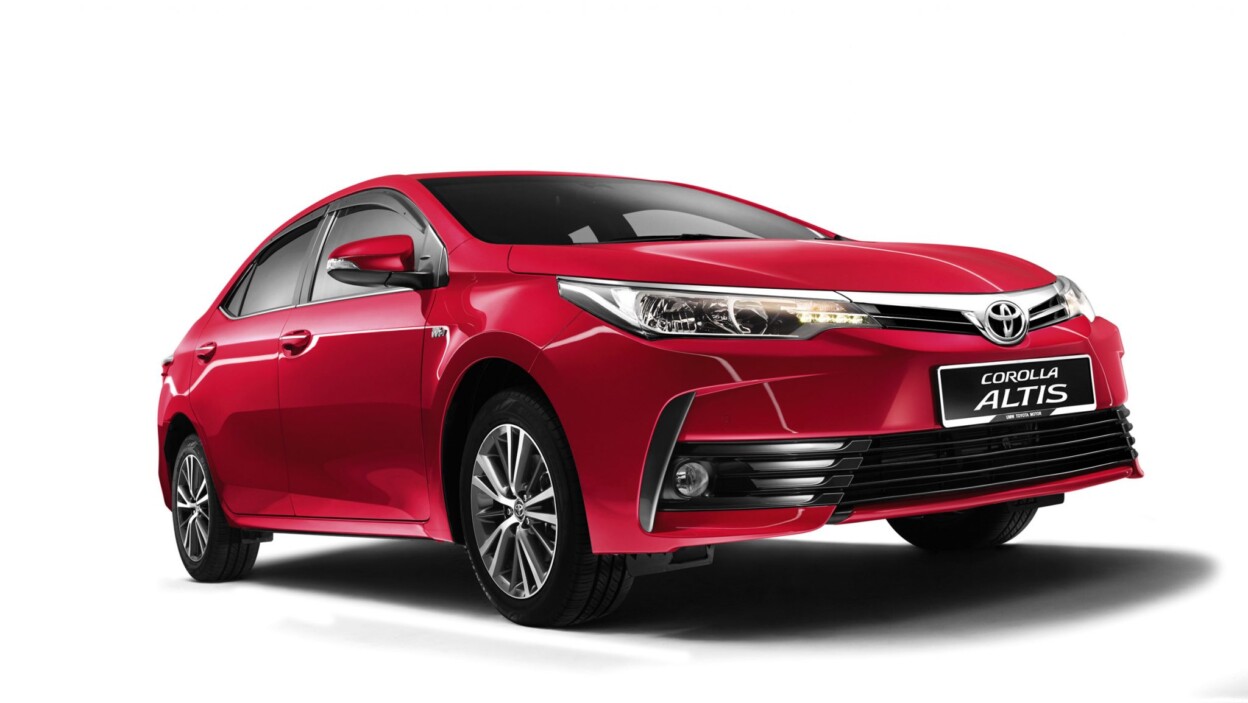
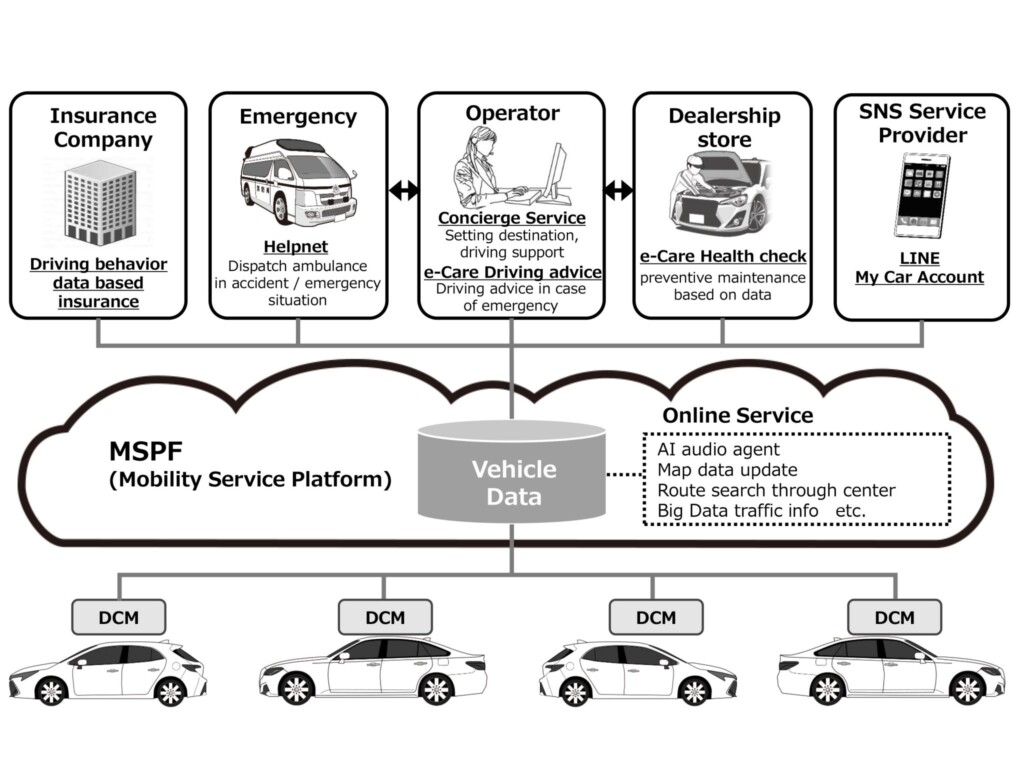 Peace of mind through vehicle data
Peace of mind through vehicle data